Le programme AeLIMIN+, porté par l’Institut Louis Malardé en partenariat avec la Tetiaroa Society et l’hôtel The Brando, a pour objectif de supprimer les populations de moustiques Aedes polynesiensis et Aedes aegypti sur certains motu de Tetiaroa, en particulier Onetahi et Honuea. Pour cela, deux techniques innovantes et respectueuses de l’environnement sont utilisées :
- la Technique de l’Insecte Incompatible (T2I), qui consiste à relâcher chaque semaine des moustiques mâles Aedes polynesiensis porteurs d’une bactérie (Wolbachia) qui les rend incompatibles avec les femelles locales;
- la Technique de l’Insecte Stérile (TIS), lancée en 2025 en réponse à l’apparition de nuisances liées à Aedes aegypti, qui repose sur le lâcher hebdomadaire de mâles rendus stériles.
Le programme combine aussi la réduction des gîtes larvaires (surtout autour de l’hôtel), l’installation de pièges sur panneaux solaires, et des actions de sensibilisation.
Synthèse des activités de terrain
Les interventions se sont déroulées chaque semaine, du lundi au vendredi, entre avril et juin 2025, exclusivement sur le motu Onetahi. Les activités comprenaient :
- le suivi entomologique régulier, incluant la surveillance des pièges,
- la mise en place de pièges actifs 24h/24 alimentés par électricité et panneaux solaires,
- le lâcher de moustiques mâles incompatibles (T2I) Aedes polynesiensis,
- le lâcher de moustiques mâles stériles (TIS) Aedes aegypti.
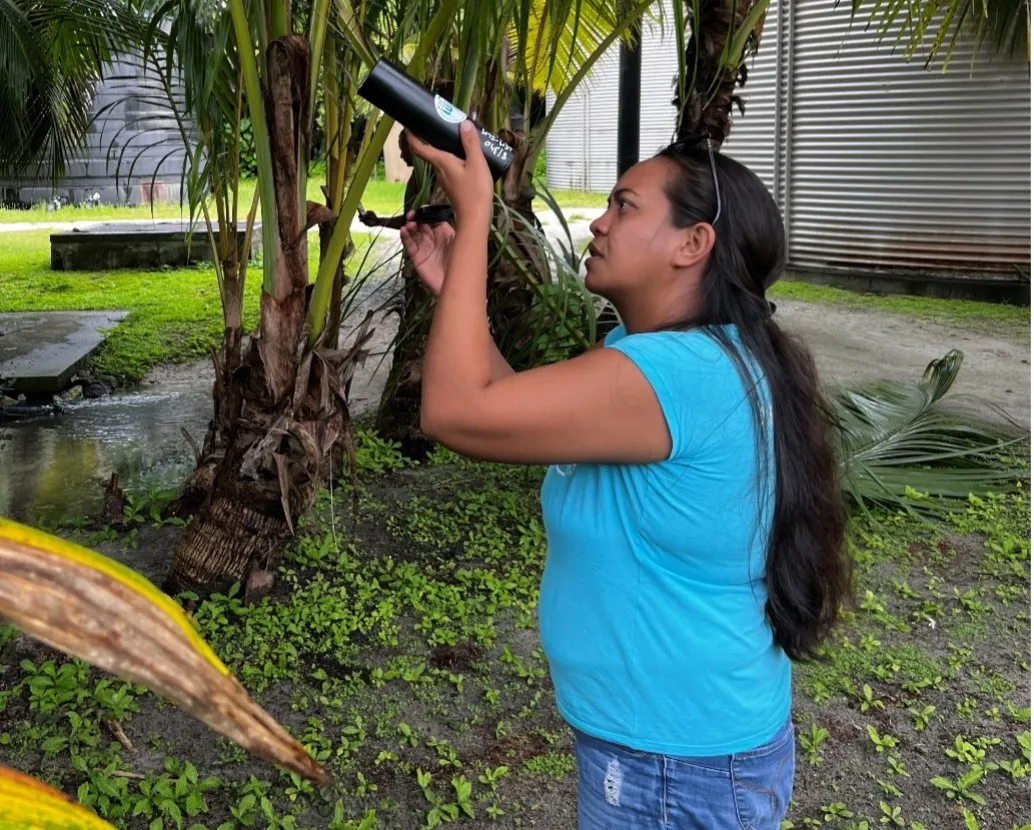
Impacts et résultats préliminaires
Les observations sur le terrain confirment l’effet positif des actions de formation et de sensibilisation menées en avril 2025.
Des efforts concrets ont été observés de la part du personnel de l’hôtel, notamment :
- le rangement du matériel à l’abri,
- la suppression de gîtes potentiels pour les moustiques,
- une meilleure gestion de l’environnement immédiat.
Ces changements contribuent à renforcer l’efficacité des techniques TIS et T2I. De plus, des démonstrations de lâchers de moustiques mâles stériles ont été réalisées auprès des clients de l’hôtel, qui se sont montrés intéressés et sensibles à cette stratégie écologique et non chimique.
Le programme va se poursuivre avec :
- le maintien des lâchers hebdomadaires de moustiques mâles stériles et incompatibles,
- une mission annuelle incluant une nouvelle inspection des gîtes larvaires et une formation du personnel aux bonnes pratiques.
Une publication scientifique est en préparation pour partager les résultats obtenus sur l’efficacité de la technique de l’insecte incompatible (T2I) dans un contexte opérationnel réel.


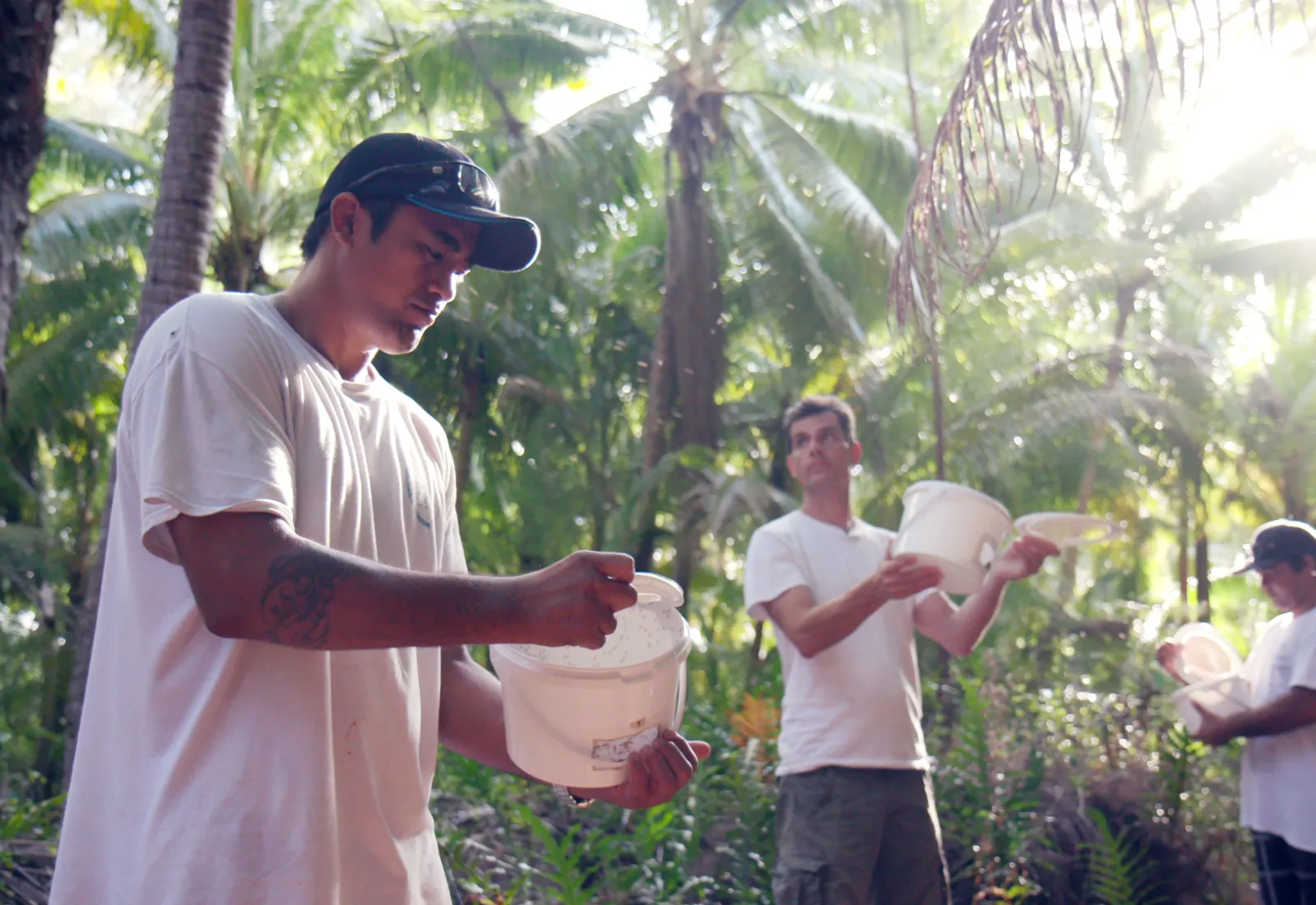
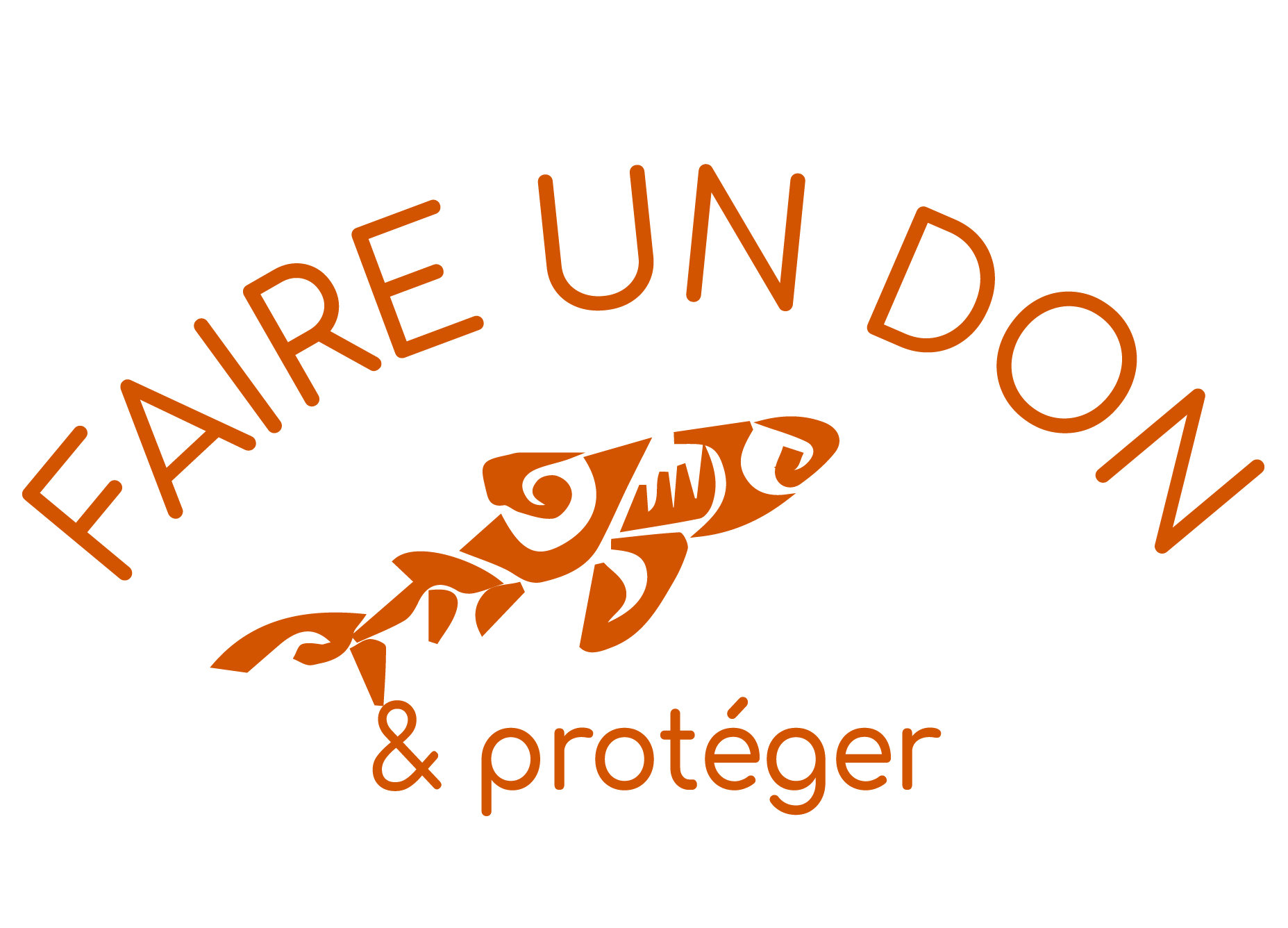
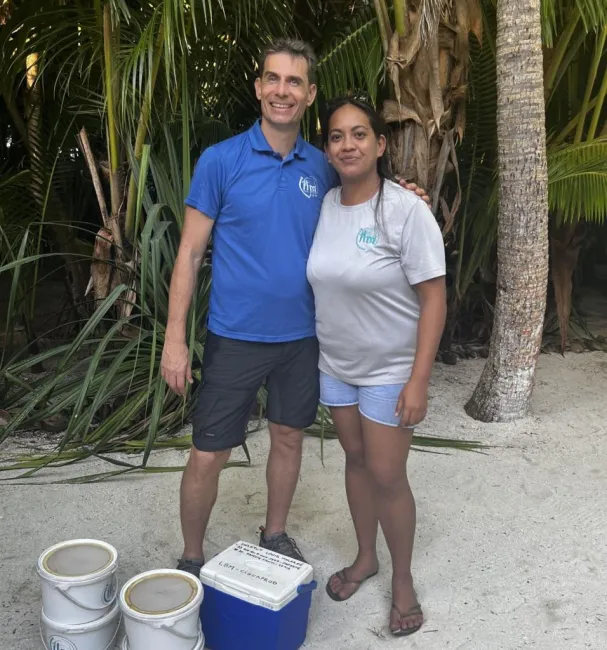 Hervé Bossin et Karine Wong-Sung
Hervé Bossin et Karine Wong-Sung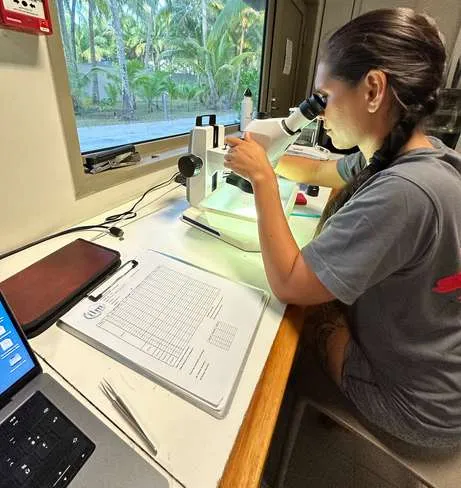 Ocean identifie les espèces de moustiques
Ocean identifie les espèces de moustiques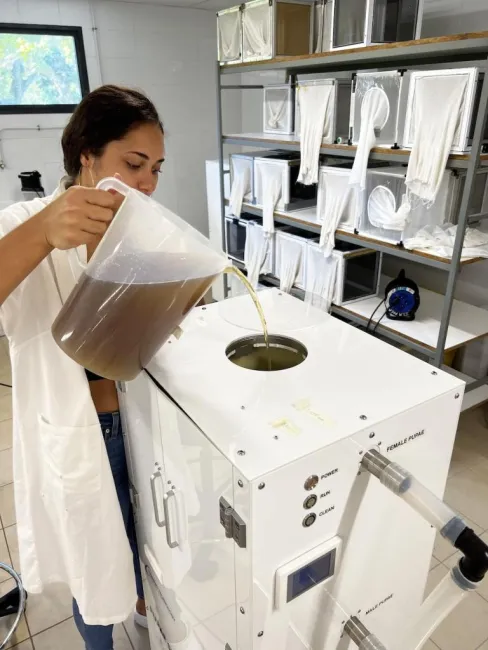 Teragihei verse les pupes mélangées dans la machine de séparation.
Teragihei verse les pupes mélangées dans la machine de séparation.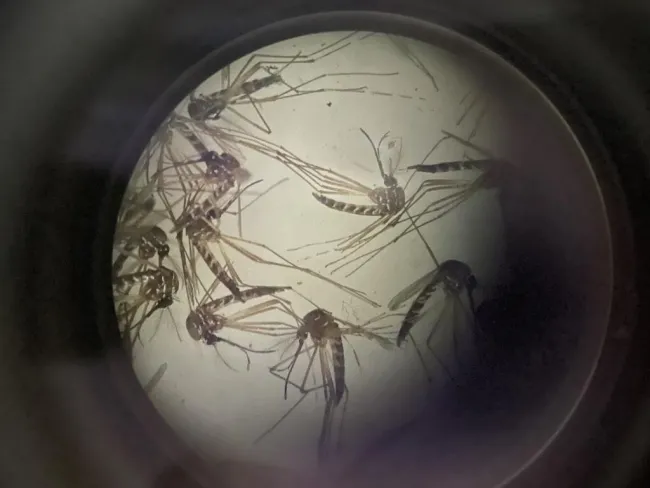 moustiques
moustiques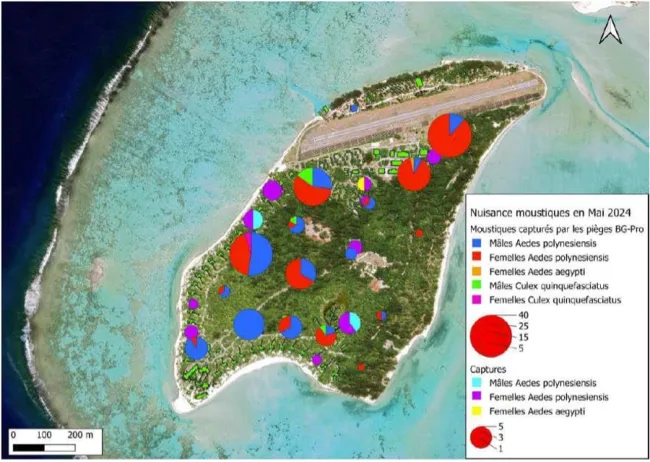 Carte des moustiques à Onetahi
Carte des moustiques à Onetahi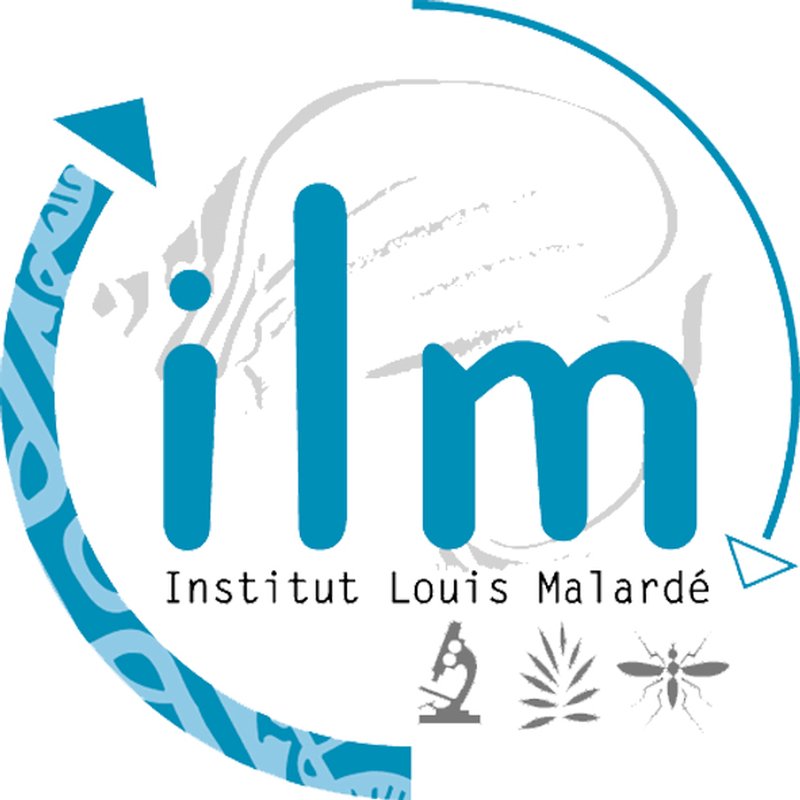
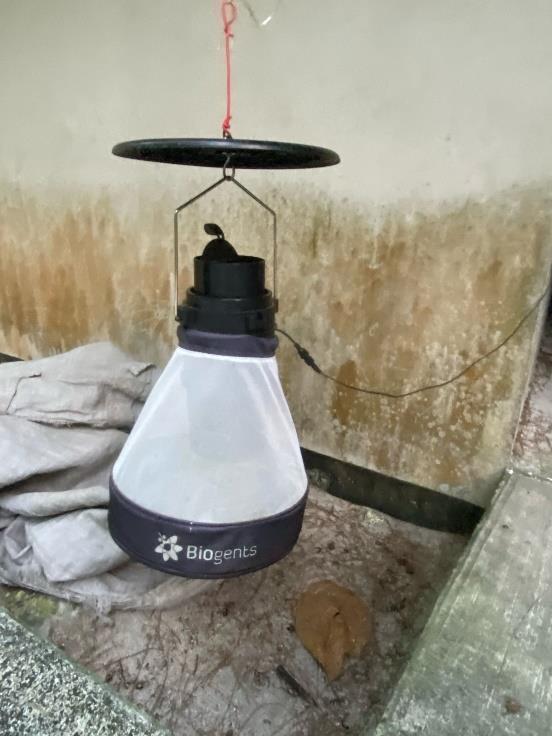
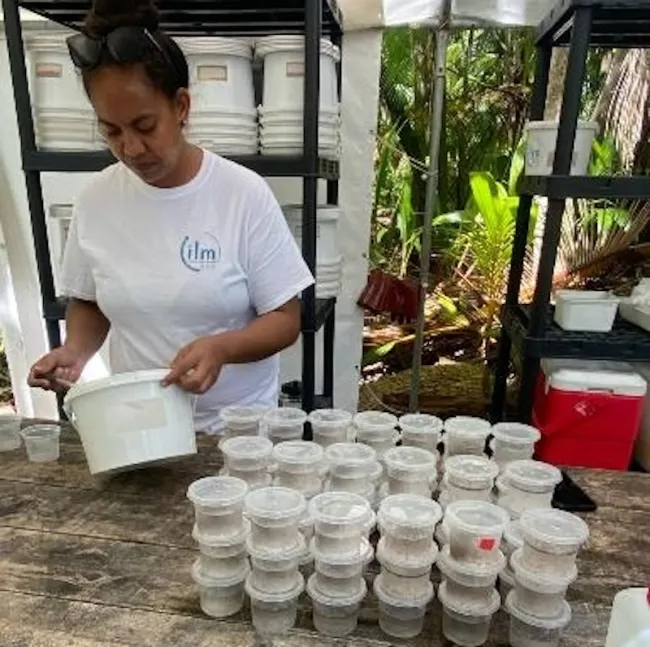 Loading male mosquito release buckets onto cart
Loading male mosquito release buckets onto cart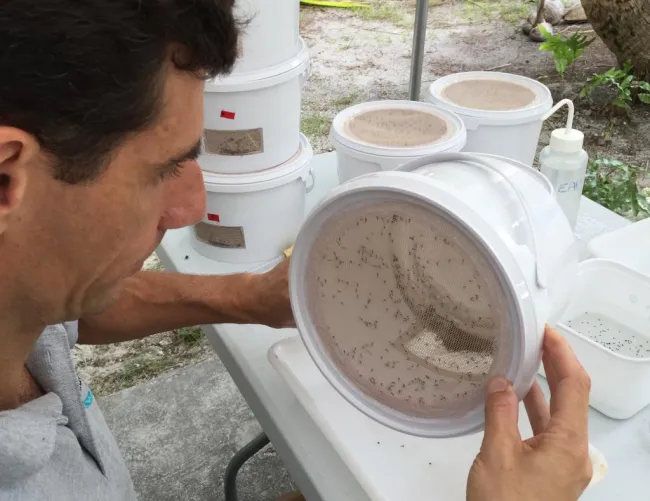 Hervé checking the buckets
Hervé checking the buckets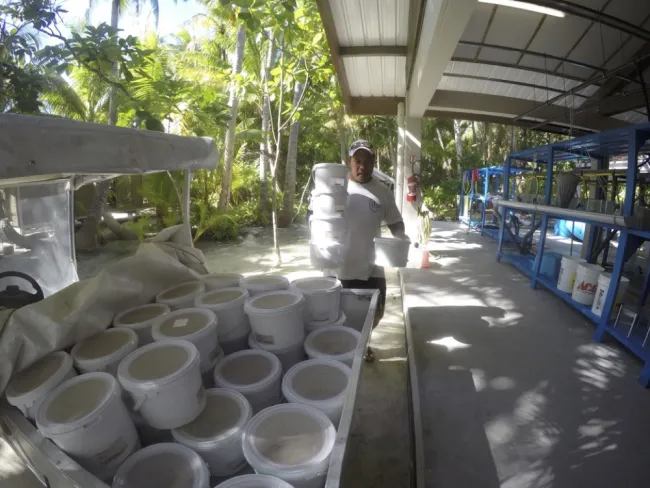 Loading male mosquito release buckets onto cart
Loading male mosquito release buckets onto cart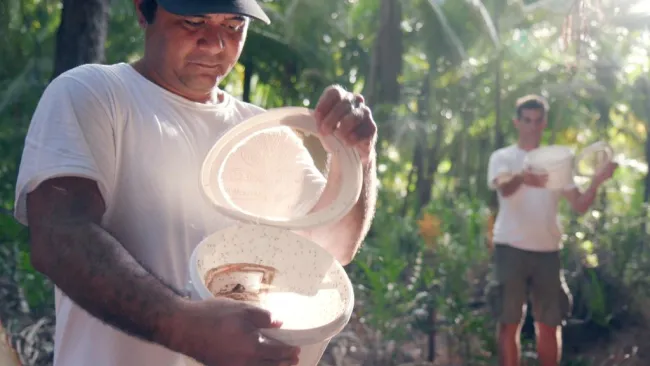 Male mosquito release - photo credit Denis Pinson
Male mosquito release - photo credit Denis Pinson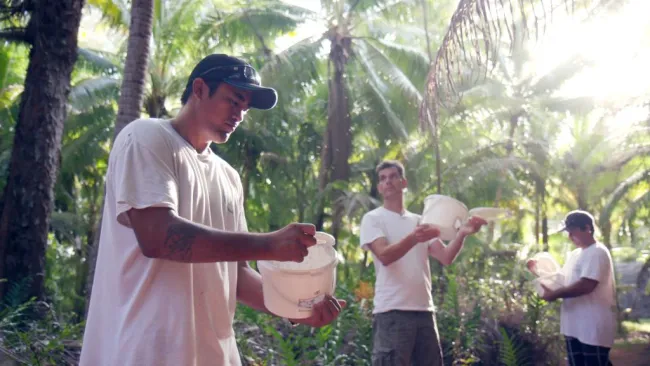 Male mosquito release - photo credit Denis Pinson
Male mosquito release - photo credit Denis Pinson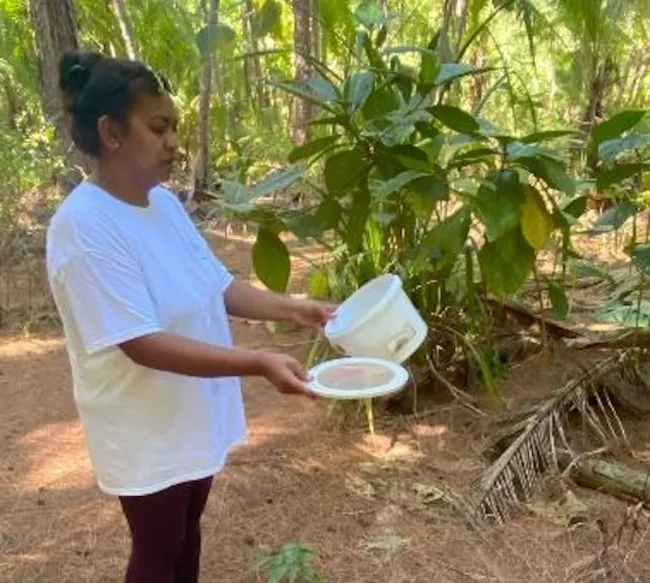 Le président Obama relachant des moustiques stériles mâles avec les membres de l'équipe du programme de contrôle des moustiques initié par Hervé Bossin à l'institut malardé
Le président Obama relachant des moustiques stériles mâles avec les membres de l'équipe du programme de contrôle des moustiques initié par Hervé Bossin à l'institut malardé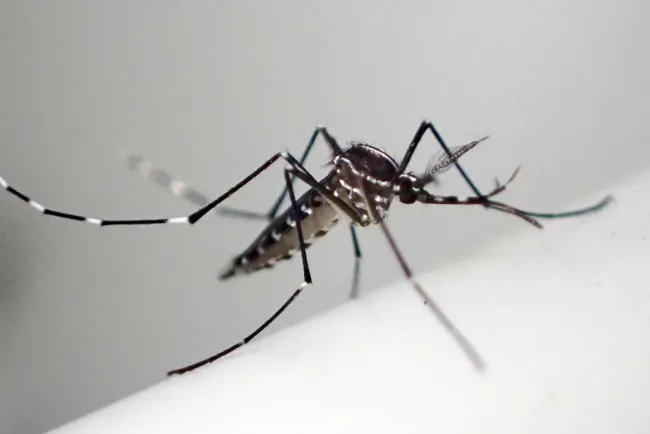 Ae polynesiensis incompatible male - photo credit J. Marie
Ae polynesiensis incompatible male - photo credit J. Marie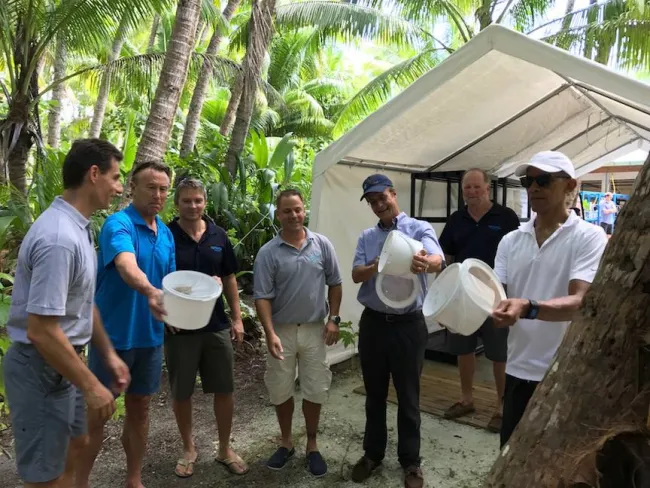 Le président Obama relachant des moustiques stériles mâles avec les membres de l'équipe du programme de contrôle des moustiques initié par Hervé Bossin à l'institut malardé
Le président Obama relachant des moustiques stériles mâles avec les membres de l'équipe du programme de contrôle des moustiques initié par Hervé Bossin à l'institut malardé